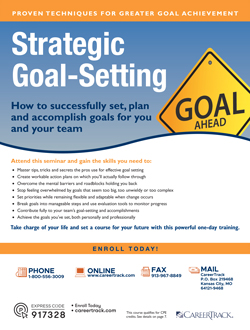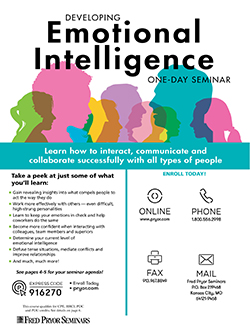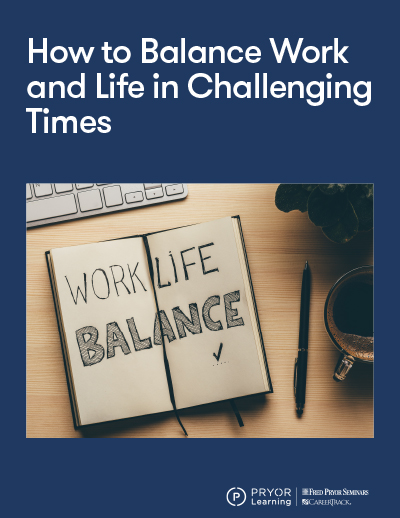Improve Work by Stepping Away
You’ve heard that “all work and no play makes Jack a dull boy.”
So, let’s all make an effort NOT to be like Jack. Not only is he dull, but he has an unhealthy work-life balance. To improve his situation, Jack should pay attention to the latest data and learn how stepping away from work can increase his productivity and efficiency. Additionally, breaks can improve one’s mental and physical health.
Let’s discuss how you can increase productivity by taking breaks from work. Then, we will tell you the benefits you can expect from stepping away from your desk and whether it’s better to take one long break or several short ones. Next, we will give you ideas of things to do to reduce stress and refocus your mind during your break. Finally, we will provide you with resources to learn more about this critical topic.
How To Be More Productive Through Taking Breaks
We know your time is valuable, so we will jump right in by giving you some tips on how to increase productivity by taking breaks.
Understand that “being busy” is not the same as “being productive.”
There’s a Seinfeld episode where George pretends to be busy and annoyed at his job at Yankee Stadium, so his bosses think that he is being productive. He does this, of course, because people tend to view being busy as a badge of honor.
What do you say when people inquire, “how are you?” If you are quick to say that you are “busy” or “swamped,” you might be buying into this mindset that “being busy” means that you are important or valuable. Consider changing your perspective of what it means to be a good employee, a good leader, a good parent or a good member of society. Instead of equating a packed schedule as a sign that you are winning at life, learn to value accomplishments over “busyness.”
Set a timer to remind yourself to take a break.
After you get over the idea that you must be constantly busy to be successful, set a timer to remind yourself to take breaks throughout the day. How often and how much time is needed to recharge? That depends on what study you read, the type of work you do and your personality type.
Most productivity studies conclude that to stay focused on a task, you need a break every 50 to 90 minutes. The length of the interval also varies, from 5 to 17 minutes. However, don’t get so focused on the proper intervals and lengths of time that you lose sight of the goal.
Step away
What do you do while on your break? We’ll give you some ideas later in this article. However, the most important thing is that you step away from your workspace to get the desired outcome for your break.
Why Taking Breaks Is Good For Your Productivity
We’ve provided some ways to improve work performance by focusing on productivity over busyness, scheduling breaks and stepping away. But does it really work? Why don’t you try it and see?
Business leaders and managers are stepping away from their desks and are reporting in Forbes and Inc. that this is the most effective way to avoid burnout. They notice increased energy and the ability to put tasks in perspective. Taking breaks may also give you an enhanced ability to find new solutions to problems. Additionally, you may notice an increased ability to focus and avoid distractions when you return to your desk.
SAVE $10 AND TRAIN ON THIS TOPIC TODAY
Too much emphasis on work does not give the brain time to process and rest. While working long hours, we can lose perspective. We need to walk away and engage in other activities for ideas — and even new solutions—to strike us. After all, our work mind is not turned off when taking a break. So, trust your mind to find and make connections that can lead to new paths on a project.
Most people who increase the number of breaks they take in each day also report feeling less stressed at work. Besides receiving mental health benefits, you may notice an improvement in your physical health when you learn to step away from your workspace.
Benefits of Stepping Away for a Bit
Breaks are good for productivity and your mental health, and they are good for your physical health as well.
Injuries occur from spending long work hours in front of a computer. Even if you do mundane tasks as opposed to those that are mentally challenging, the repetition of small movements when keyboarding can cause carpal tunnel syndrome. You can increase your chance of back or neck injury if you have poor posture while working over a long period of time. Sitting or standing in one position for too long also causes muscle tension.
Additionally, staring at a computer screen for hours affects vision and can cause headaches. You may notice that your eyes feel drier because you blink less when staring at a computer screen. Plus, staring at a screen all day can affect our sleep patterns.
Finally, we all know the harmful effects of sitting all day. They include the increased chance of obesity, increased blood pressure, high blood sugar and excess body fat around the waist. These side effects can result in cardiovascular disease and cancer.
Are you sitting right now as you are reading this? Are you suddenly inspired to stand up and move about the room? Taking breaks is serious business.
What’s Better? One Long Break or Multiple Short Ones?
We hope you are convinced that you could benefit from stepping away from your workspace periodically throughout the day. However, what’s better? One extended period break or several shorter breaks?
Most journals report that to achieve peak performance, you should have shorter breaks more often. However, how you spend that time is essential.
Best Stepping Away Relaxation Methods
What should you do on these short breaks throughout the day? Follows are some ideas, and they all involve stepping away from your desk.
- Go outside and make a quick call to a loved one. Would your partner benefit from stepping away from their desk? Improve your personal life, mental health, and work efficiency by setting up a five-minute call each day to talk with someone you love.
- Have a healthy snack. We know those donuts in the break room are calling you but make a rule that you will only ingest things at work that improve your focus instead of food that puts you in a carb coma.
- Move your body. You may draw negative attention from other employees if you spend your time away from your desk performing yoga poses. However, you can do more discrete self-care activities, such as taking deep breaths, staring into the distance to give your eyes a rest or doing small stretches.
- Do a quick household task. If you work from home, empty the dishwasher. Step outside to get the mail or move the clothes from the washer into the dryer.
Here are things to avoid during your break:
- Do not spend your break on your phone. Like the donuts in the break room, you may feel that constant pull of your phone during your free time. However, taking a break from your screen by staring at a different screen doesn’t make sense.
- Do not spend your break time talking with the office gossip. They exist in every workplace. Avoid them like the plague.
How Pryor Learning Can Help You Maintain a Healthy Work-Life Balance
Do you feel constantly overwhelmed by your to-do list and struggle with your work-life balance? Don’t be like all-work-and-no-play Jack. Instead, do something kind to yourself and learn about finding balance and working smarter. Pryor Learning can help you with this critical task.
First, Learn How to Balance Work and Life in Challenging Times. In this half-day seminar, you’ll learn strategies to focus on your inner-self to decrease burnout and solutions to identify and employ techniques to set work-life boundaries.
Next, learn about Planning and Prioritizing Your Time Effectively. This one-hour webinar will teach you how to develop an effective work schedule and solutions for navigating past obstacles quickly without getting sidetracked.
We know that we don’t work in an ideal world. Even experts in time management and effective communication feel stressed at times. To learn how to tactfully set boundaries and encourage others to solve their own problems and how to tap into positive energy, consider enrolling in How to Handle Stress at Work, a mindful approach to distractions and stressors.
Pryor Learning has helped 13+ million learners and 3+ million businesses achieve meaningful and lasting success. The company offers live and online training, more than 5,000 online courses, and eLibrary content of research-based practices that will help you become more successful at work while being more relaxed at home. Learn more by visiting Pryor.
So take back your evenings and weekends! Learn how to be more productive and less stressed while at work. You owe it to yourself, your co-workers and your family.











